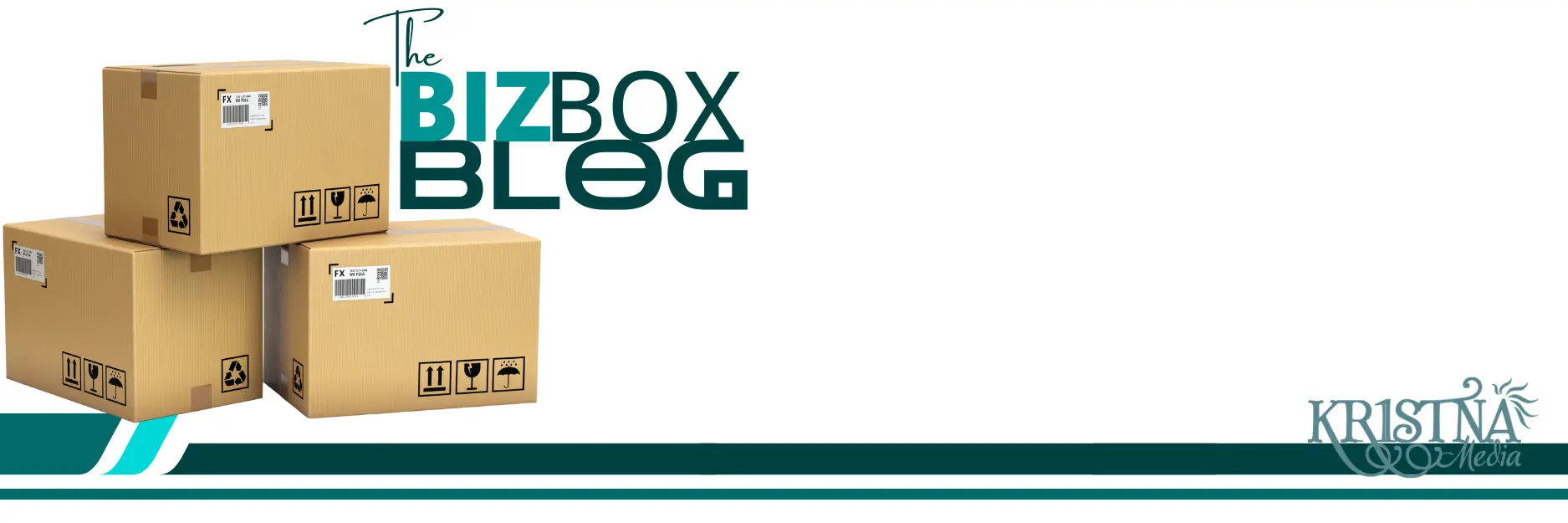E-commerce businesses are constantly looking for ways to increase conversion rates and maximize revenue. With competition just a click away, personalized customer experiences are no longer optional—they’re essential. Personalization helps online retailers deliver relevant content, products, and experiences to each individual shopper, ultimately driving engagement, loyalty, and conversions. According to a study by Epsilon, 80% of consumers are more likely to make a purchase when brands offer personalized experiences.
Why Personalization Matters in E-Commerce
Personalization in e-commerce goes beyond simply addressing a customer by their first name in an email. It’s about understanding their behavior, preferences, and purchasing patterns to provide a shopping experience that feels uniquely tailored to them. A report by Accenture found that 91% of consumers are more likely to shop with brands that provide relevant offers and recommendations. This shows that personalization can be a game-changer in increasing conversion rates.
Key Strategies for Increasing Conversion Rates Through Personalization
- Behavioral-Based Product Recommendations: Offer What They Want, When They Want It
Recommending products based on browsing behavior, past purchases, or abandoned cart items can significantly increase the likelihood of conversion. Amazon is a prime example of this strategy. They leverage a robust recommendation engine that uses data from user activity to suggest products on nearly every page a customer visits.
- Action Step: Implement a recommendation engine on your site that uses machine learning to analyze user behavior and suggest relevant products. Tools like Dynamic Yield, Barilliance, or Nosto can integrate with your e-commerce platform to provide tailored product recommendations in real time.
- Example: If a customer frequently browses outdoor gear, highlight new arrivals or top-selling items in that category on their homepage or in follow-up emails.
- Dynamic Content Personalization: Tailor Your Website to Each Visitor
Dynamic content changes based on user attributes or behavior. This could include personalized banners, product categories, and offers that align with the visitor’s interests or past actions. Shopify stores, for example, can use apps like Fera or LimeSpot to create dynamic content that enhances the customer experience.
- Action Step: Use personalization tools to dynamically adjust website content based on location, browsing history, or device type. For instance, show weather-appropriate clothing based on the visitor’s geographic location or a promotion targeting users on mobile devices.
- Example: An online bookstore might display a different homepage layout for a returning customer interested in mystery novels versus a new visitor who browses children’s books.
- Create a Personalized Email Campaign: Keep the Conversation Going
Email remains one of the most effective channels for driving conversions, and personalization can take your email marketing to the next level. Personalized email campaigns see a 29% higher open rate and a 41% higher click-through rate than non-personalized campaigns, according to HubSpot.
- Action Step: Segment your email list based on customer behavior, demographics, and past purchases. Use tools like Klaviyo or Mailchimp to automate personalized email workflows that nurture leads, recover abandoned carts, or upsell complementary products.
- Example: Send a personalized “We Miss You” email with a discount code to customers who haven’t made a purchase in the last three months.
- Leverage Social Proof: Show That Others Love Your Products
Social proof, such as customer reviews, testimonials, and user-generated content, can build trust and encourage conversions. Studies show that nearly 95% of shoppers read online reviews before making a purchase, and displaying positive reviews can increase conversion rates by as much as 270%.
- Action Step: Incorporate social proof elements like product ratings, customer testimonials, and real-time purchase notifications (e.g., “Jane from New York just bought this!”) on your product pages and checkout process.
- Example: Use tools like Yotpo or Trustpilot to collect and display customer reviews, and feature user-generated content on your website and social media channels to build authenticity.
- Implement a Personalized Loyalty Program: Reward and Retain Customers
Loyalty programs can help increase repeat purchases and build customer loyalty. A personalized loyalty program rewards customers based on their shopping behaviors, encouraging them to spend more to unlock exclusive perks.
- Action Step: Use a loyalty platform like Smile.io or LoyaltyLion to create a tiered loyalty program that rewards customers for different actions, such as purchases, social media shares, and referrals. Offer personalized rewards or discounts based on their shopping history.
- Example: Provide VIP discounts or early access to sales for customers who frequently purchase from your store, making them feel valued and encouraging repeat business.
- Optimize for Mobile: Personalize for Smaller Screens
With mobile commerce growing rapidly, ensuring a seamless mobile shopping experience is crucial. Personalization for mobile users should focus on convenience, speed, and relevancy.
- Action Step: Implement mobile-friendly personalization features like single-click checkout, personalized product suggestions, and push notifications. Use responsive design to ensure your site looks and performs well on all devices.
- Example: Use geofencing technology to send personalized push notifications to mobile app users when they are near your physical store or a location with special deals.
Case Study: How ASOS Increased Conversion Rates with Personalization
ASOS, a global fashion retailer, saw a significant boost in conversions by investing in personalization technologies. They implemented a range of personalized features, including tailored product recommendations, personalized landing pages, and a custom size guide that predicts the best fit for each customer. ASOS also uses behavioral data to create targeted email campaigns, ensuring customers receive content that aligns with their interests and shopping habits.
- Results: These personalization efforts have helped ASOS increase customer retention, improve the shopping experience, and achieve a 20% year-over-year increase in sales.
The Bottom Line: Personalization is Key to E-Commerce Success
In today’s competitive e-commerce landscape, personalization isn’t just a nice-to-have—it’s a necessity. By leveraging data and advanced personalization techniques, online retailers can provide more relevant and engaging experiences that drive higher conversion rates, increase customer loyalty, and boost revenue. The time to invest in personalization is now, and the payoff can be substantial.
At KR1STNA Media, we specialize in helping e-commerce businesses implement effective personalization strategies that deliver results. Contact us today to learn how we can help you turn data into sales.


